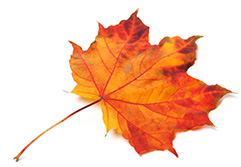A variety of wildlife species can be seen in the Abrams Falls area. These include black bears, deer, wild turkeys, river otters, and red foxes. The trail to the falls is also known for its abundance of salamanders, including the "Salamander Capital of the World".
Tips for wildlife viewing:
• Visit during the spring and summer: These seasons are generally the best for seeing black bears and white-tailed deer.
• Consider a park ranger-led tour: Park rangers can provide valuable insights and updates on wildlife sightings.
• Be aware of your surroundings: Keep an eye out for animals along the trail and in the surrounding areas.
• Maintain a safe distance: Observe wildlife from a distance and avoid approaching or feeding them.
• Be especially cautious of black bears: They are most active in the early morning and late evening.
• Be aware of the dangers of the pool at the base of the falls: The strong currents and undertows make it unsafe for swimming.
Black bears are beautiful creatures, but they can be dangerous. Do not approach a bear and do not feed a bear. Feeding a bear will cause it to be euthanized.
An omnivore that lives in forests
Feeding black bears human food causes them to navigate to nearby cities and towns to find more human food. This puts the lives of people in danger.
read more
Wild turkeys are often seen along the Abrams Falls Trail. They are harmless but do not approach them. Wild turkeys are omnivorous, feeding on a variety of foods including acorns, insects, and small animals.
These creatures are awesomely beautiful when they spread their wings.
From wildlife to the sounds of nature